C-PTSD and the Survivor Community
Catherine O’Sullivan
Most people are familiar with post-traumatic stress disorder or PTSD, an anxiety disorder that can occur after an event such as a car accident or a natural disaster. Although not enough large-scale research exists around this area, we know many survivors of the Troubled Teen Industry have been clinically diagnosed with PTSD. In 2020, Oliva Stull published An Exploratory Study on Adult Survivors of the Troubled Teen Industry’s Therapeutic Boarding Schools and Wilderness Programs which included data from an open-ended survey, as well as quantitative assessments of trauma. In her study, Olivia found that out of thirty one individuals that completed the full survey, twenty participants reported having a professionally-obtained Acute Stress or PTSD diagnosis.
She details, “The majority of participants indicated they now struggle with mental health issues as a direct result of being enrolled in a TTI program. Posttraumatic Stress Disorder (PTSD) was most commonly cited, and was frequently attributed to the abuse they experienced. Qualitative data regarding PTSD symptoms is corroborated by the quantitative data gathered. Although this 193 sample as a whole did not meet the full diagnostic criteria for a PTSD ‘diagnosis,’ average scores neared the clinical cutoff in all criterion clusters.”
She also noted that survivors felt that therapists serving their population should have knowledge of trauma and appropriate PTSD treatment. While it is clear that PTSD remains an important diagnosis for many survivors, there has been a new term being used with more regularity in regards to this specific population: C-PTSD.
C-PTSD is a closely related condition known as complex post-traumatic stress disorder that may result from repeated trauma over months or years. It is now being widely recognized by doctors; however, it is not yet recognized in the DSM (Diagnostic and Statistical Manual of Mental Disorders). Unlike PTSD, which can develop regardless of what age the trauma occurred, C-PTSD is typically the result of childhood trauma.
Complex Post-Traumatic Stress Disorder is linked to repeated trauma and involves symptoms, such as difficulty regulating emotions, episodes of dissociation, and trouble maintaining healthy relationships, while PTSD can occur from just a single event. The types of long-term traumatic events that can cause C-PTSD include: childhood abuse, neglect, and torture. Complex PTSD also generally results from the abuser having been someone close to you, or someone you continue to have to see or interact with on a regular basis. When we start to think of the transport programs hired by parents and the choice parents made to put their children into troubled teen programs, some of these indicators begin to align.
What does C-PTSD trauma “look like”?
- Having nightmares or flashbacks.
- Avoiding situations or activities, such as large crowds or driving, that remind you of the traumatic event. This also includes keeping yourself preoccupied to avoid thinking about the event.
- Losing control over your emotions, which can manifest as explosive anger, persistent sadness, depression, and suicidal thoughts.
- Viewing yourself in a negative light. You may feel helpless, guilty, or ashamed. You might have a sense of being completely different from other people.
- Your relationships may suffer due to difficulties trusting others and a negative self-view. You may avoid relationships or develop unhealthy relationships because that is what you knew in your past.
- Disconnecting from yourself (depersonalization) and the world around you. You may even forget or block out your trauma.
- You may also experience “loss of meaning.” This can include losing your core beliefs, values, religious faith, or hope in the world and other people.
All of these symptoms can be life-altering and cause significant impairment in personal, family, social, educational, occupational, or other important areas of life. Treatments for complex PTSD can take time, so it is important to find ways to manage and cope with the symptoms of this condition. In her study, Olivia notes that often survivors of the industry are not receiving sufficient support and therapy in the wake of their traumatic experiences in programs.
She elaborates, “Furthermore, this quantitative data on the current, adulthood functioning of these survivors indicates that they likely require more mental health support than they are receiving, and qualitative data suggests they may be wary of seeking this necessary support from mental healthcare providers.”
Some strategies that may help you manage your recovery:
- Find support: Like PTSD, C-PTSD often leads people to withdraw from friends and family. However, having a strong social support network is important for mental well-being. When you are feeling overwhelmed, angry, anxious, or fearful, reach out to a trusted friend or family member.
- Practice mindfulness: C-PTSD can lead to feelings of stress, anxiety, and depression. Mindfulness is a strategy that can help you become more aware of what you are feeling in the moment and combat feelings of distress. This practice involves learning ways to focus on the present moment.
- Write down your thoughts: Writing in a journal can be helpful in managing C-PTSD symptoms and decreases symptoms of flashbacks, intrusive thoughts, and nightmares. Journals can also be a great way to track symptoms that you can later discuss with your therapist.
Here are some resource links to explore further if you think you might be suffering from C-PTSD:
https://www.psychologytoday.com/us
https://cptsdfoundation.org/contact-us/
You are not alone.


